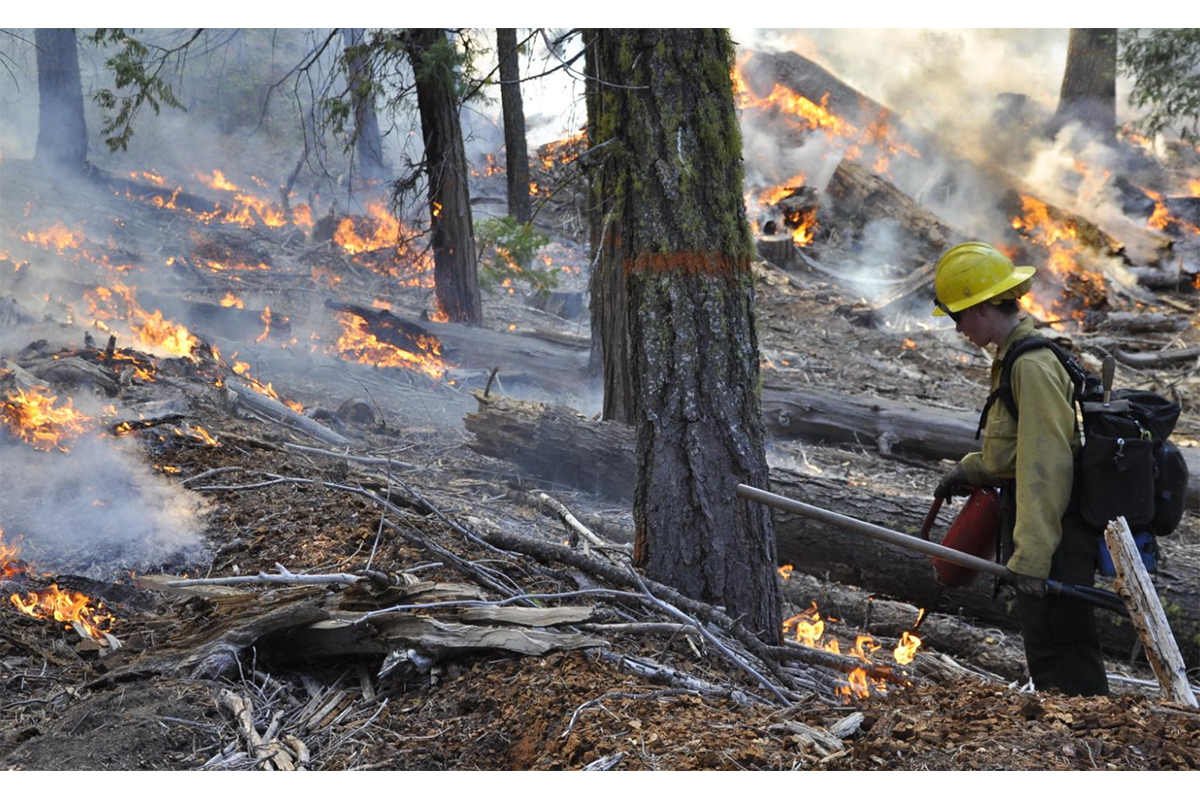Restoring natural conditions through human-ignited fire.

10/11/24
ALWRI researchers Clare Boerigter and Sean Parks, together with a team of Forest Service and University colleagues, recently published a paper in the journal Fire Ecology describing how human-ignited fire has the potential to restore natural conditions in wilderness.
Key points in the paper include:
- Current forest conditions are the result of over 100 years of fire exclusion, resulting in increased risk of severe wildfires and a greater chance of fire-driven conversion from forest to grassland, shrubland, or non-historical forest-type.
- The "natural" character of wilderness is challenged by these altered forest conditions.
- Intentional burning has the potential to restore natural conditions and historical fire regimes, while providing opportunities for engagement between federal agencies and Tribes who wish to resume cultural burning practices.
- Although in some cases there has been decades-long interest in using prescribed fire in wilderness, implementation of prescribed burning faces distinctive barriers and challenges.
- Some wilderness areas have been able to meet these challenges and successfully use prescribed fire, with positive effects to social-ecological systems.
To learn more about this research, read the paper in Fire Ecology, this related blog post on the Fire Adapted Communities Learning Network, and view the accompanying StoryMap, created for a public audience.